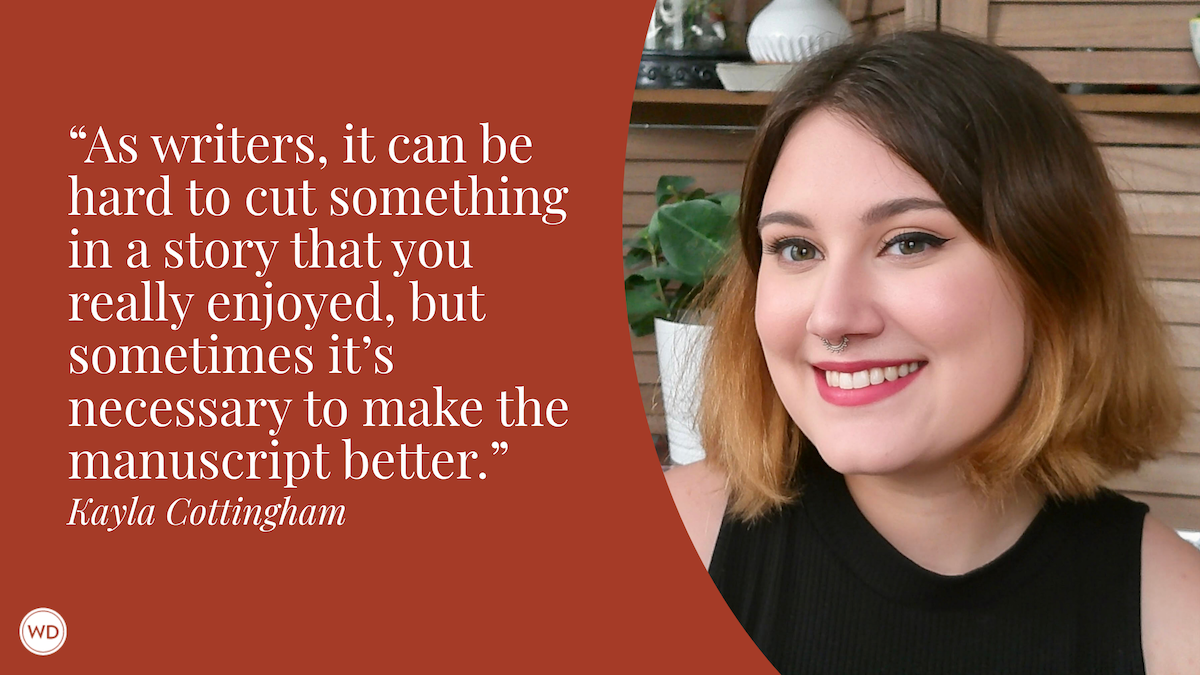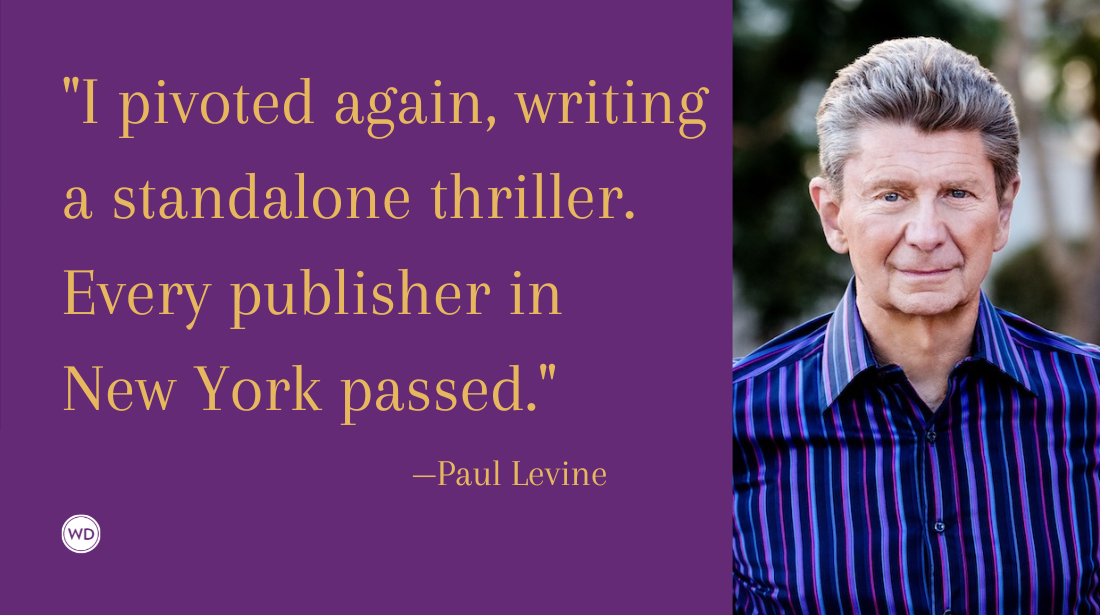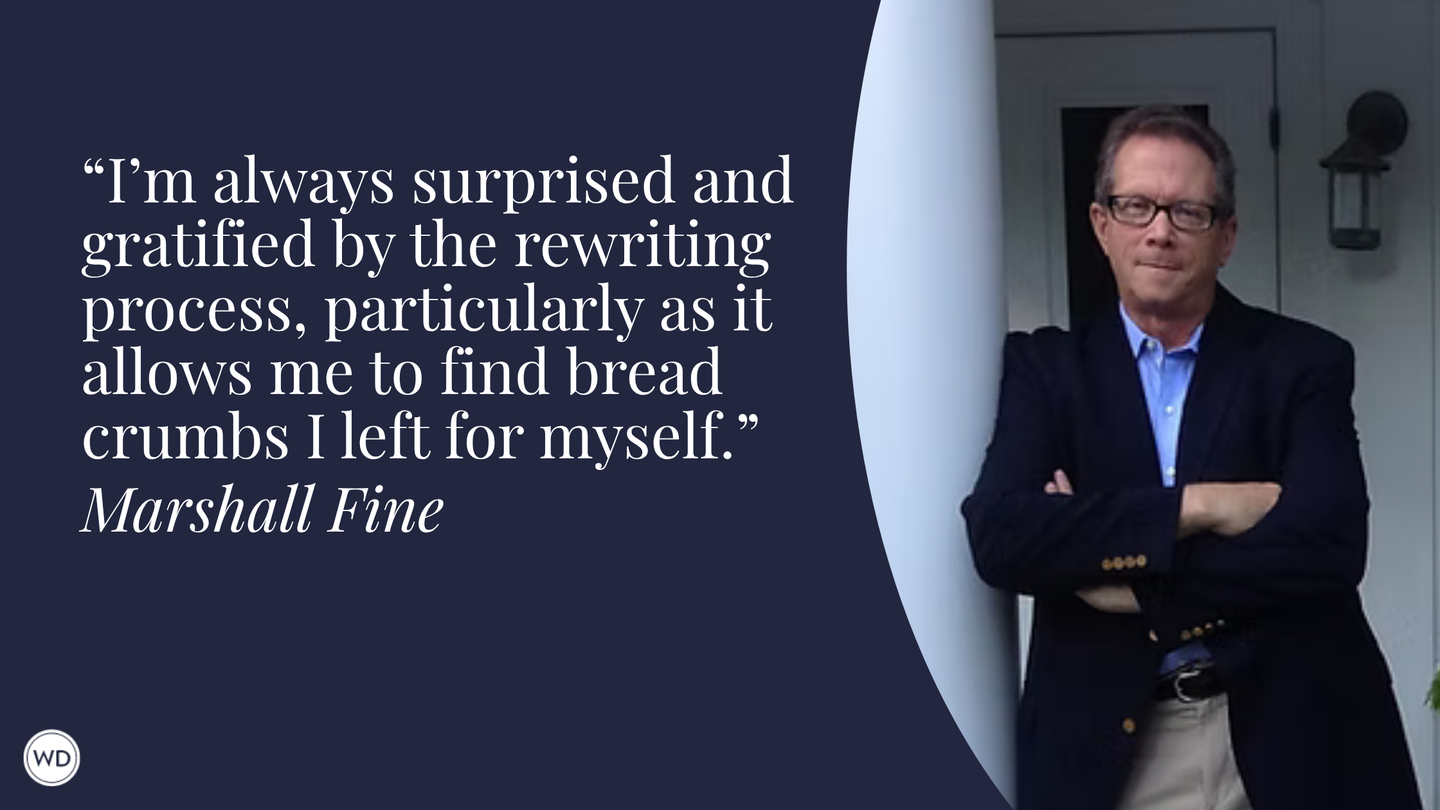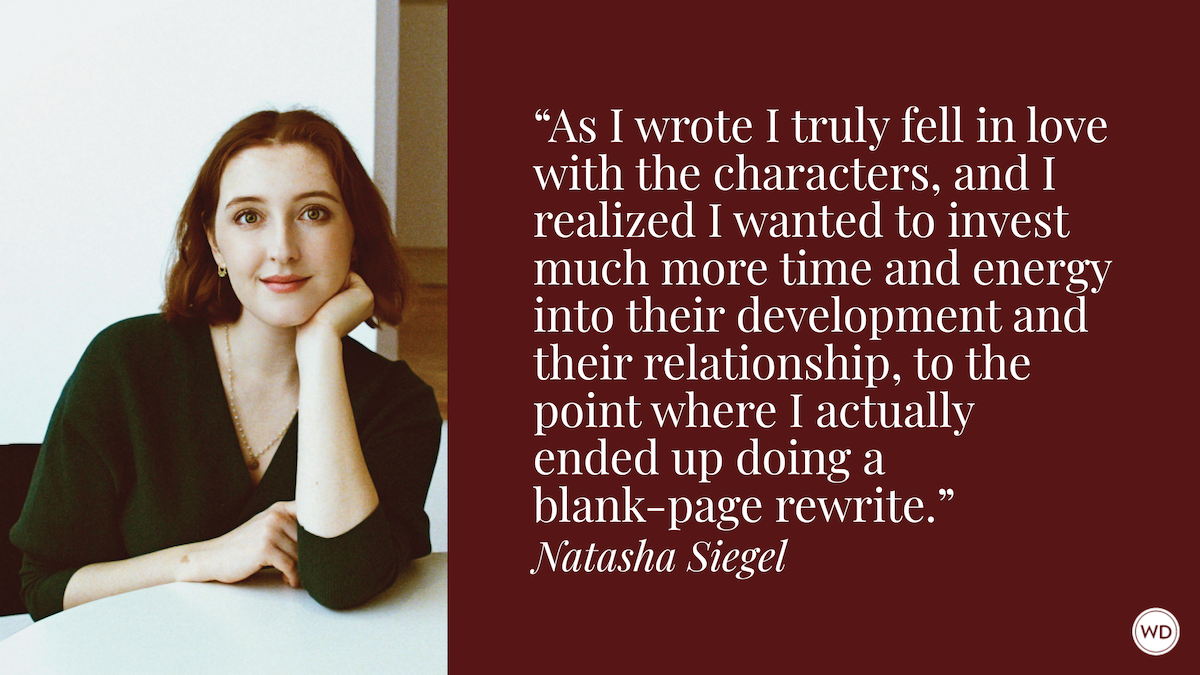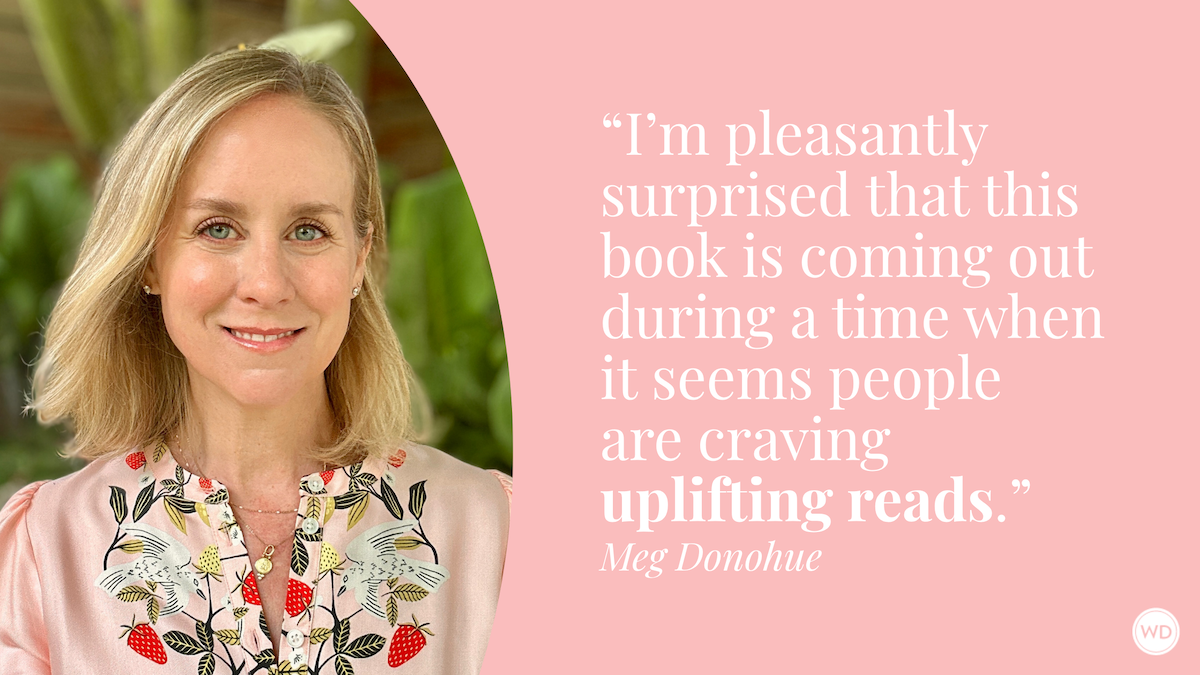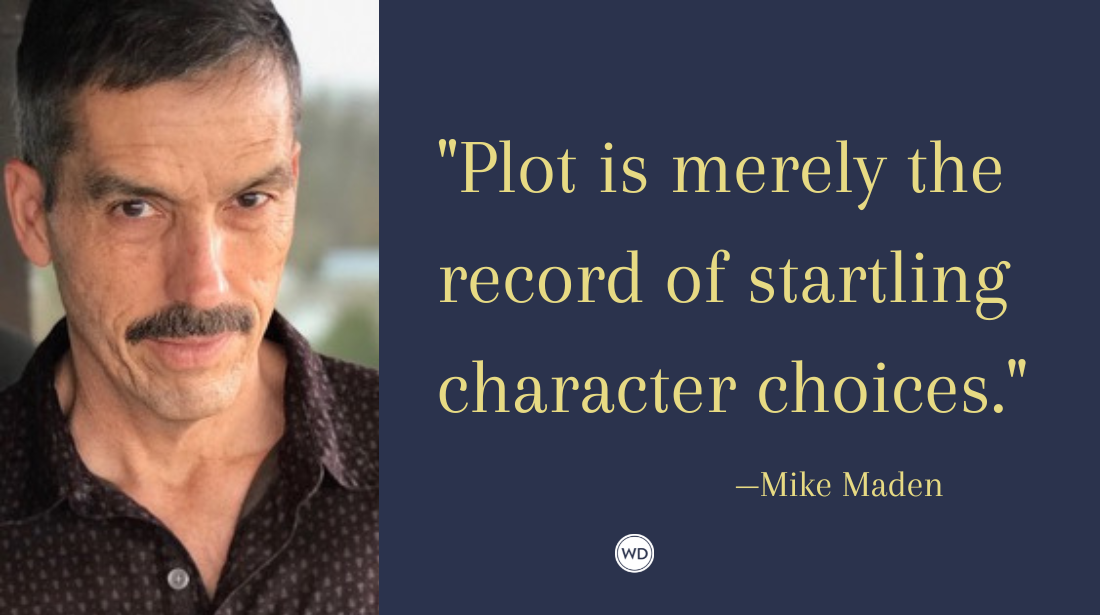5 Tips on Writing Multiple Points of View While Keeping the Reader in Suspense
Books with multiple points of view can yank readers out of the story or make readers feel detached from the main character. Here’s what you can do to keep readers turning the pages.
I love reading fast-paced novels with lots of three-dimensional characters and multiple points of view. Books with more than one or two points of view can yank readers out of the story—they can be confusing and make readers feel detached from the main character. Here’s what I do to keep readers turning the pages, and afraid to turn off the lights.
5 Tips on Writing Multiple Points of View While Keeping the Reader in Suspense
Every point of view should enrich the story in some way.
Readers need to care about the characters they’re reading about. If you’re going to use multiple points of view, every character should have a purpose. Perhaps they can add objectivity to the story, or humor. My viewpoint characters all tend to have their five minutes on stage, even if that means sacrificing a bit of intimacy with my protagonist. As long as you create strong, interesting characters worth rooting for, you can’t go wrong.
All POVs should have distinct voices and their own mixed bag of fears and beliefs and goals.
They must stay true to themselves throughout the novel, which means you, as the writer, must know who they are. They must have their own backstory and experience their own journey as they assist the protagonist. What are their goal and purpose? For instance, I love including younger characters in my novels. It’s a way to attract younger readers and provide a more youthful worldview. If you don’t have teenagers hanging around your house, it’s important to do your research to get a handle on their perspective. Otherwise, readers will lose interest, become frustrated, and skim the pages to reach a more interesting viewpoint—or worse, stop reading the book.
Each POV should have its own, separate chapters.
Not only will this help prevent reader confusion, but it will also give readers a better chance to bond with these characters. You can also add suspense by leaving characters in a harrowing, possibly life-altering situation when you move onto the next—and readers will be eager to keep reading to find out what happens next. But always remember that every scene, no matter which POV is being used, must drive the story forward and connect in some meaningful way to the other points of view.
Supporting characters' arcs should advance the core conflict.
Although each character will have his or her own set of problems and fears and desires, each story arc must entwine in some way with the protagonist’s goal to resolve his or her core conflict. Otherwise, you can end up with multiple novels crammed into one. There must be overlap, even if the outcome is not satisfactory for every character (example: someone ending up in jail).
Experiment with different perspectives.
Which POV will add the most to a scene? Write or outline the scene in more than one character’s viewpoint before deciding which way you want to go. When locating the serial killer’s whereabouts, would the scene be more interesting told by the private investigator whose career depends on finding the missing child? Or would the suspense and tension be ramped up a notch if her new schizophrenic sidekick happened upon the madman a few hours earlier?
Writing in multiple points of view can be difficult, but if you take the time to develop interesting characters, do a little extra plotting before writing each scene, and leave every POV character in a place that leaves readers eager to know what happens next, you’ll take readers on an exciting ride. Examples of thrilling novels told in multiple points of view are Gone Girl by Gillian Flynn, A Game of Thrones by R.R. Martin, And Then There Were None by Agatha Christie, and The Girl with the Dragon Tattoo by Stieg Larsson—and of course all novels in my Lizzy Gardner Series and Faith McMann Trilogy.
T.R. Ragan (Theresa Ragan) is a New York Times, USA Today, and Wall Street Journal bestselling author. Her exciting Lizzy Gardner series (Abducted, Dead Weight, A Dark Mind, Obsessed, Almost Dead, and Evil Never Dies) has received tremendous praise. In August 2015, Evil Never Dies hit #7 on the Wall Street Journal bestselling list. Since publishing in 2011, she has sold over two million books and has been mentioned in the Wall Street Journal, the L.A. Times, PC Magazine, Huffington Post, and Publishers Weekly.
Theresa grew up in a family of five girls in Lafayette, California. An avid traveler, her wanderings have carried her to Germany, Ireland, the Netherlands, China, Thailand, and Nepal, where she narrowly survived being chased by a killer elephant. Before devoting herself to writing fiction, she worked as a legal secretary for a large corporation. Theresa and her husband Joe have four children and live in Sacramento, Calif. Find her latest book here.




